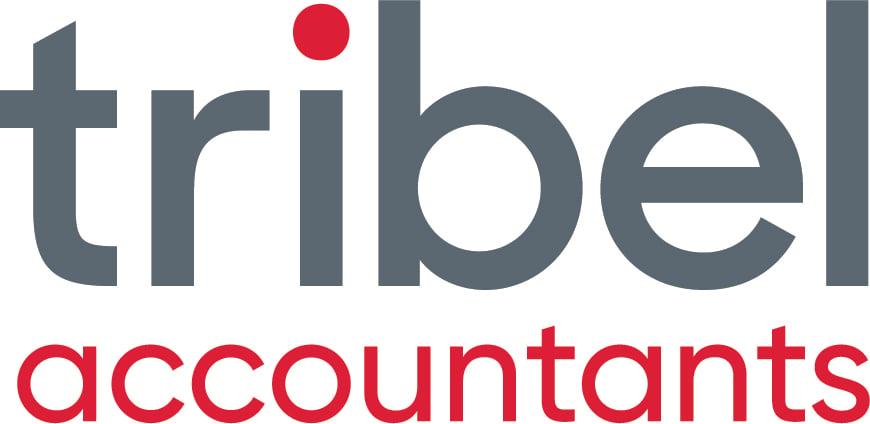INTRODUCTION:
As both small business advisors and small business accountants, our team is constantly reviewing our clients' numbers on a monthly, quarterly and annual basis looking for ways to provide valued advice particularly with respect to cash flow. Why? Well this is one of an SME's biggest concerns.
Whilst the accounting profession is starting to realise this need, it's one thing to spit out KPIs (Key Performance Indicators) but it's another to delve deeper and provide insightful analyses as sometimes the numbers don't tell the full story.
Let's look at one of the most crucial cash flow KPIs Debtor Days for example. This KPI tells you approximately how long on average your customers are taking to pay you once the invoice has been raised. In its most simple sense, the debtor days KPI is calculated as follows:
Amount of Debtors Owing At the End Of The Period Divided By Total Sales For The Period Multiplied by Number Of Days In The Period

Figure 1: When setting and analysing KPI goals, it's important to look deeper once the initial assessment has been made.
1. The Incorrect Number Of Days Is Used
This is one of the most basic errors when calculating the average time it takes to get paid but one we see regularly where the period is less than a year as the calculation is usually done over the year and so 365 days is used. If you are looking at sales over a quarterly period use the number of days in the quarter. If it's 6 months, use 183 days etc.
If you are analysing your debtor days say for the period January 2017 to March 2017, do the following (all amounts are GST exclusive):
List the total sales for the quarter (e.g. January $120,000, February $100,000, March $110,000 = $330,000);
Establish the amount owing at 31 March 2017 (e.g. $130,000);
Multiply the number of the days in the period (90);
Debtor Days answer: 35 days
Of course if you used 365 days you would get 143 days which makes no sense as if you are owed just over the amount of the March sales ($110,000) then the answer should be slightly more than one month.
If you or your virtual CFO is producing a report on your debtors for the month and the year to date, make sure you put in the correct days.
2. Erratic Sales Over a Defined period
Be very careful accepting a debtor day calculation where the period sales are enormously erratic. Let's look at the above example but note that the sales for the quarter are: January $200,000, February $80,000, March $50,000 = $330,000.
The debtors at 31 March were $130,000.
The calculation still comes to 35 days (as in the first example) but when you actually look at the monthly sales, February and March have not been paid so the real figure is 59 days!

Figure 2: Stay away from pure numbers without digging further or the resulting errors cold be bigger than Ben Hur!
3. Cash Sales
Many businesses have customers that pay on the day the goods are received and delivered. It could be a certain type of customer if they are the general public for example or for larger orders, payment up front maybe required which makes sense.
If you are truly looking at the time your account customers are taking to pay you, exclude those who pay on the day or you might be just getting a warped view of how long the others are taking to get the cash into your bank.
Let's look at the above example again. However, let's assume that approximately 50% of sales is paid on the day by the customers.
The pure numbers again will say 35 days.
However, lets reduce the sales by the cash up front so that account based sales are $165,000 for the quarter.
What's the new answer? 70 days! ($130,000/$165,000 x 90).
This means that your debtors aren't paying you nearly as quickly as you thought and you need to change things and pronto.
4. Timing Of Invoices Being Raised
All good cash generating businesses and ones that get higher business valuations from business valuers typically bill out their invoices as soon as the goods or services have been delivered.
Yet we still see businesses that decide to bill at the end of the month and then even worse they don't actually raise the bill until sometimes 2 weeks after month end and putting the previous month's bill date as the end of the month!
So let's look at the example which on the surface says it's taking 35 days to get paid.
On further analysis, the $130,000 that is owing you find out that the goods were delivered almost 30 days earlier and that the debtors at the end of February were $50,000. Yes these would need to be adjusted back, but in reality the debtor day calculation would be nearly 65 days because the invoices should have been billed at earlier date (almost 30 days earlier).
5. Average Debtors' Figure Is Used
Be very careful of calculations that use average balances of debtors over a year as these can distort the true payment days quite significantly.
In the above example, if the debtors at 31 December 2016 was $20,000 and the average is used with March ($130,000) you will come up with an average of $75,000.
Using this in your formula, you will see the figure drops from 35 days to 20 days which just isn't right.
CONCLUSION:
When you sit down with your small business accountant to do your 3 way budget, by all means analyse the main KPIs to make sure you come up with a reasonable cash flow forecast. However, be very careful that whatever the numbers that get dished up make sense as sometimes the pure calculation will give you a very different answer to what in fact is actually occurring.
As they say "Experience matters!" and if either you or your small business advisors don't have it, you may find yourself going around in circles and jumping at shadows sometimes or even worse not becoming aware that your cash flow is really that much worse than you thought it was!
This can lead to higher finance costs, lower business valuations and sometimes worse still business wind up!


.png?width=100&height=100&name=COVID_Safe_Badge_Digital%20(002).png)



